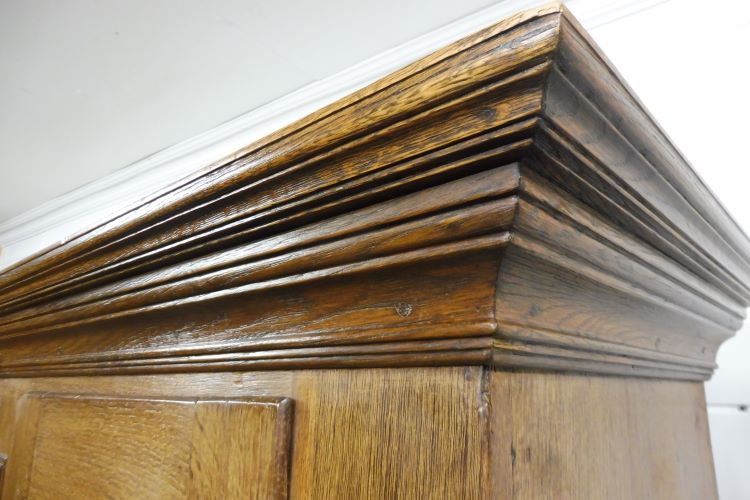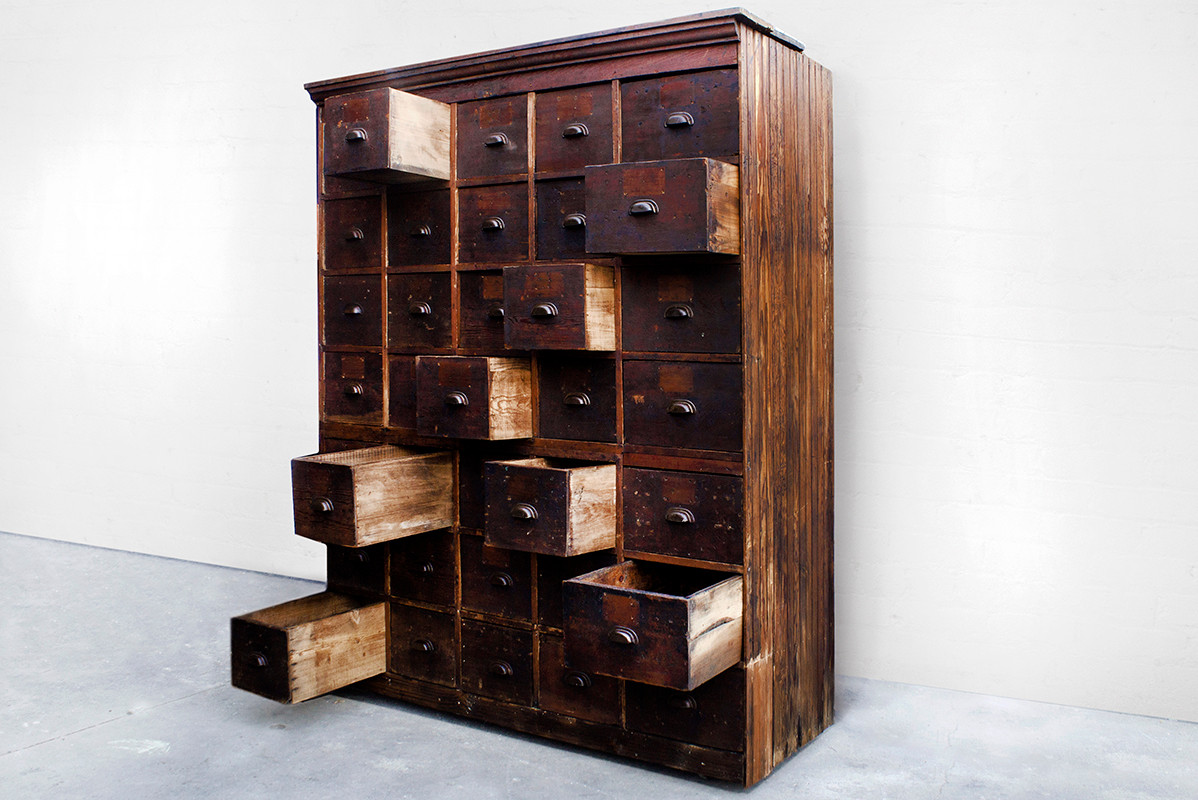History and Origin of Antique Oak Card Cabinets

The evolution of the card cabinet, a seemingly simple piece of furniture, reflects a fascinating journey through time, mirroring societal shifts, changing tastes, and advancements in craftsmanship. Oak, with its inherent strength, durability, and rich warm tones, became a favored material for these cabinets, its presence adding a timeless elegance to their design.
Victorian Era: A Flourishing of Style and Function
The Victorian era (1837-1901) witnessed a surge in popularity for card cabinets, as card games became a central part of social gatherings. This era saw the emergence of elaborate, intricately carved cabinets, often adorned with intricate marquetry, veneers, and polished finishes. The use of oak was prominent, contributing to the overall robustness and grandeur of these pieces.
“The Victorian card cabinet was not merely a functional piece, but a statement of wealth and taste.”
Notable makers of this period included:
* Gillows of Lancaster: Known for their exquisite craftsmanship and use of high-quality materials, Gillows produced some of the most sought-after Victorian card cabinets. Their pieces were characterized by elaborate carving, often incorporating floral motifs and intricate designs.
* William Morris & Co.: This company, founded by the influential designer William Morris, embraced the Arts and Crafts movement, emphasizing natural materials and handcrafted techniques. Their card cabinets were often crafted from oak, showcasing simple, functional designs with a focus on quality over ornamentation.
Art Deco: Geometric Elegance and Modernism, Antique oak card cabinet
The Art Deco movement (1920s-1930s) ushered in a new aesthetic, characterized by geometric shapes, bold colors, and streamlined designs. Oak card cabinets of this era reflected these influences, featuring clean lines, stylized geometric patterns, and a focus on functionality.
“Art Deco card cabinets were a testament to the modern spirit, emphasizing simplicity and sophistication.”
Mid-Century Modern: Minimalism and Functionality
Mid-Century Modern design (1940s-1960s) prioritized functionality and simplicity, rejecting the excesses of earlier styles. Oak card cabinets of this period were characterized by minimalist designs, often featuring sleek lines, simple geometric shapes, and a focus on functionality. The use of oak, often in its natural finish, allowed the wood’s beauty to shine through.
“Mid-Century Modern card cabinets were designed to be both practical and aesthetically pleasing, reflecting the values of the time.”
Design and Features of Antique Oak Card Cabinets

Antique oak card cabinets, testaments to craftsmanship and the enduring allure of wood, embody a unique blend of functionality and aesthetic appeal. Their design, often reflecting the prevailing styles of their era, reveals a fascinating interplay of form and purpose, revealing much about the lives and leisure activities of their original owners.
Drawers and Compartments
The intricate design of antique oak card cabinets often incorporates a series of drawers and compartments, each meticulously crafted to accommodate a specific purpose. These elements, beyond their practical utility, contribute to the overall aesthetic of the cabinet.
- Top Drawers: Frequently found in the upper section of the cabinet, these drawers often housed playing cards, ensuring their safekeeping and ready accessibility. The size and number of drawers varied depending on the cabinet’s intended use and the card games favored by its owner.
- Lower Drawers: These drawers, typically larger than their counterparts above, might have been designated for storing game accessories like chips, dice, or scoreboards. Some cabinets might even have incorporated a small drawer for holding playing card instructions or rule books.
- Compartments: Antique oak card cabinets often featured dedicated compartments, strategically positioned to hold specific game components. These compartments, sometimes fitted with dividers, ensured organization and efficient access during game play.
Decorative Details
Beyond their practical function, antique oak card cabinets often incorporated decorative details that enhanced their aesthetic appeal and reflected the craftsmanship of their makers. These details, ranging from subtle carvings to elaborate embellishments, transformed these functional pieces into objects of art.
- Carvings: Carvings, a hallmark of antique oak furniture, were often incorporated into the design of card cabinets. These carvings, ranging from simple geometric patterns to intricate floral motifs, added a touch of elegance and artistry to the piece.
- Inlays: Inlays, involving the insertion of contrasting materials into the wood, were another common decorative technique. These inlays, often made of ebony, ivory, or other exotic woods, created intricate patterns and added a touch of sophistication to the cabinet’s design.
- Hardware: The hardware used on antique oak card cabinets, such as hinges, handles, and keyholes, was often crafted with meticulous attention to detail. These hardware elements, often made of brass or iron, added a touch of elegance and durability to the cabinet.
Styles and Variations
Antique oak card cabinets, like other furniture styles, evolved over time, reflecting the changing tastes and design trends of different eras. This evolution resulted in a diverse range of styles and variations, each possessing unique characteristics.
- Victorian Era: Victorian card cabinets often featured ornate carvings, elaborate inlays, and a rich, dark stain. They were often characterized by their heavy, imposing presence, reflecting the grandeur and opulence of the Victorian era.
- Art Nouveau: Art Nouveau card cabinets, inspired by natural forms and flowing lines, often featured intricate carvings and decorative elements inspired by nature. These cabinets, characterized by their graceful curves and organic motifs, reflected the artistic spirit of the Art Nouveau movement.
- Arts and Crafts: Arts and Crafts card cabinets, emphasizing simplicity and functionality, often featured clean lines and minimal ornamentation. These cabinets, reflecting the values of the Arts and Crafts movement, prioritized craftsmanship and natural materials over elaborate decoration.
Collecting and Appreciating Antique Oak Card Cabinets

Antique oak card cabinets, with their timeless elegance and rich history, are not merely pieces of furniture; they are captivating time capsules that beckon collectors and enthusiasts to unravel tales of bygone eras. These cabinets, crafted from the enduring strength of oak, embody a legacy of craftsmanship and artistry that continues to enchant generations.
Factors Influencing Value
The value of an antique oak card cabinet is a tapestry woven from a multitude of threads, each contributing to its overall worth. Condition, rarity, maker, and historical significance are the cardinal factors that shape the desirability and monetary value of these treasured artifacts.
- Condition: The condition of an antique oak card cabinet is paramount in determining its value. A well-preserved cabinet, free from significant damage, wear, or restoration, commands a premium. The presence of original finishes, hardware, and internal components enhances its desirability.
- Rarity: The rarity of a particular design, maker, or period significantly influences its value. Limited-edition pieces, unique designs, or those crafted by renowned cabinetmakers are highly sought after by collectors.
- Maker: The reputation and legacy of the maker are crucial factors in determining value. Cabinets crafted by renowned cabinetmakers, such as those from the Victorian era or the Arts and Crafts movement, often carry a substantial price tag. The maker’s signature, label, or other identifying marks can be invaluable in establishing authenticity and value.
- Historical Significance: Cabinets with a strong historical connection or association with notable individuals or events can be incredibly valuable. For example, a cabinet that belonged to a prominent figure or was used in a significant historical setting would hold exceptional value.
Identifying Authentic Antique Oak Card Cabinets
Navigating the world of antique oak card cabinets requires a discerning eye and a deep understanding of the characteristics that distinguish authentic pieces from replicas or reproductions. The following tips can guide collectors in their quest for genuine treasures.
- Construction: Authentic antique oak card cabinets are often meticulously crafted with traditional joinery techniques, such as mortise and tenon joints, dovetail joints, and hand-cut dovetails. These techniques, often absent in modern reproductions, are indicative of the craftsmanship of a bygone era.
- Wood: Antique oak cabinets are typically crafted from solid oak, often displaying the characteristic grain patterns and knots that are unique to this species. Replications may use veneer or other less durable wood, which can be identified by closer inspection.
- Hardware: The hardware, including hinges, locks, and drawer pulls, can provide valuable clues about authenticity. Original hardware is often hand-forged or cast with intricate designs, while reproductions may use mass-produced, simpler designs.
- Finishes: Authentic antique oak card cabinets often bear the patina of time, with aged finishes and subtle variations in color. Replications may have a more uniform and artificial finish.
- Provenance: Whenever possible, it’s essential to establish the provenance of an antique oak card cabinet. This involves tracing its history and ownership, which can help verify its authenticity and increase its value.
An antique oak card cabinet, with its rich patina and intricate carvings, whispers of bygone eras. Its drawers, holding secrets of forgotten games and cherished memories, are adorned with antique brass cabinet pulls , each a tiny work of art, reflecting the passage of time.
These elegant pulls, with their subtle patina and intricate details, speak of a craftsmanship lost to the modern world, adding a touch of timeless elegance to the oak cabinet.
An antique oak card cabinet, with its intricate carvings and aged patina, whispers tales of bygone evenings spent in spirited games. Its drawers, once holding decks of cards, could now hold culinary treasures, perhaps organized with the help of a modern marvel: an under cabinet dish rack.
Imagine the cabinet, transformed into a charming kitchen pantry, its oak heart beating with the rhythm of a new life.
